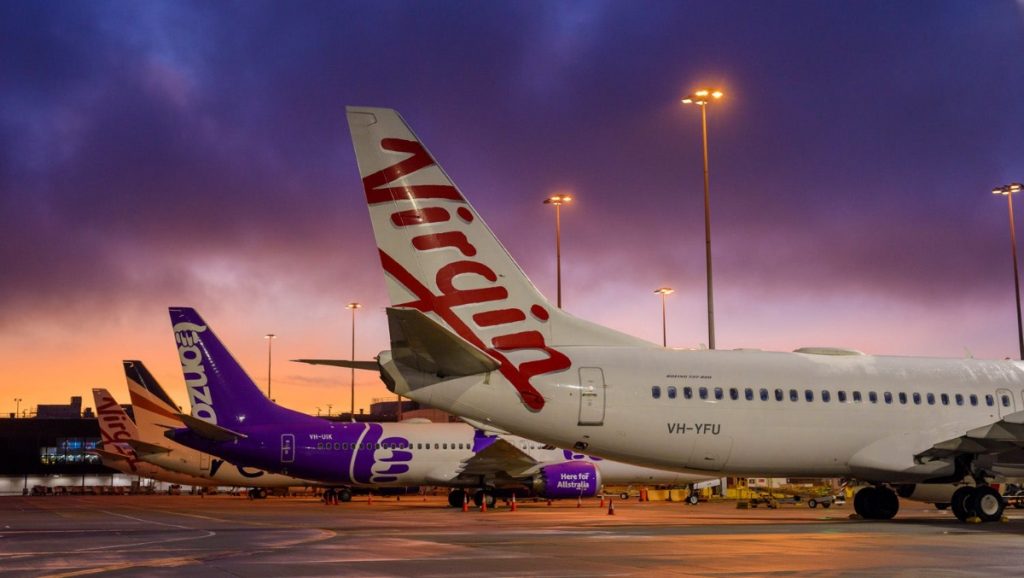National, consistent and practical actions to address dangerous, high-risk behaviour at level crossings will save the lives of train crew, truck drivers and motorists, according to Australia’s peak body for freight rail operators and infrastructure owners.
On the eve of the National Level Crossing Safety Roundtable in Brisbane on 6 March, the Freight on Rail
Group (FORG) has called for actions focusing on technology, enforcement and education.
The convening of a roundtable is necessary to address a continued pattern of high-risk or fatal events across the nation and follows the tragic death of two Pacific National train drivers in a level crossing collision with a truck in South Australia on New Years’ Eve last year.
FORG members operate hundreds of freight trains daily and manage more than 23,000 kilometres of track infrastructure across the nation, and over the past 18 months, our industry has witnessed a sharp rise in the number of collisions and near-miss events at level crossings.
Aurizon released video footage of a recent near miss in Western Australia to highlight to the community the risks facing train drivers every day. A pilot study by Australian Rail Track Corporation at three regional NSW rail crossings revealed that, on average, more than half of the vehicles did not stop at the STOP signs, and there were instances of non-compliance at the active crossing even with flashing lights and descending boom gates.
These events are putting at risk the lives, health and well-being of our dedicated train crew, the people
involved in responding to the collisions and incidents, their families and the local communities where the
incidents have occurred. Train drivers and indeed our recovery crews can have lasting trauma, both in their personal and working lives, from a level crossing incident.
FORG supports the strategic objectives of the new National Level Crossing Safety Strategy and the
convening of a national roundtable. As an outcome of the roundtable, FORG members are calling for
practical actions that will deliver tangible results, consistent with the aims of the National Strategy.
We are today issuing a call to action for governments, regulators and industry in the following priority areas:
- The use of effective technology to assist in preventing level crossing incidents or near misses,
including in-car navigation alerts - Improved and consistent enforcement of breaches of the law at level crossings by road vehicle
drivers - A consistent national approach to increasing awareness and education of road vehicle drivers,
including truck drivers of requirements and safe behviour at level crossings - Improved coordination between the Federal and State Governments and their agencies on level
crossing safety priorities - An increased focus on improving heavy vehicle safety regulation and practices, focusing on the
interface between road and rail infrastructure - The provision of effective training for road vehicle drivers about level crossing safety requirements
and practices, with training to be undertaken prior to the issuing of truck licences.
As freight rail operators and rail infrastructure managers, we work closely across the rail and road industry, including ongoing involvement and support for the work of level crossing safety committees in the states where our businesses operate. We are also planning to work closely with the road freight industry on practical solutions.
Our industry operates a large proportion of freight services in regional areas, and we recognise the particular importance of taking a practical and collaborative approach to continuing to improve safety at crossings where there are no active electronic signals. The priority areas identified by FORG have considered the specific requirements of passive level crossings.
Within our industry, we are continuing to give the highest priority to actions to improve level crossing safety throughout Australia. This has included continuously improving our safety practices, awareness and education campaigns and the trialling of improved train lighting, and the results of those trials has informed the development of the Rail Industry Safety and Standards Board’s revised rolling stock lighting and visibility standard (AS 7531). We will continue to work with governments and across industries to protect the safety of our people and the communities where we operate.


